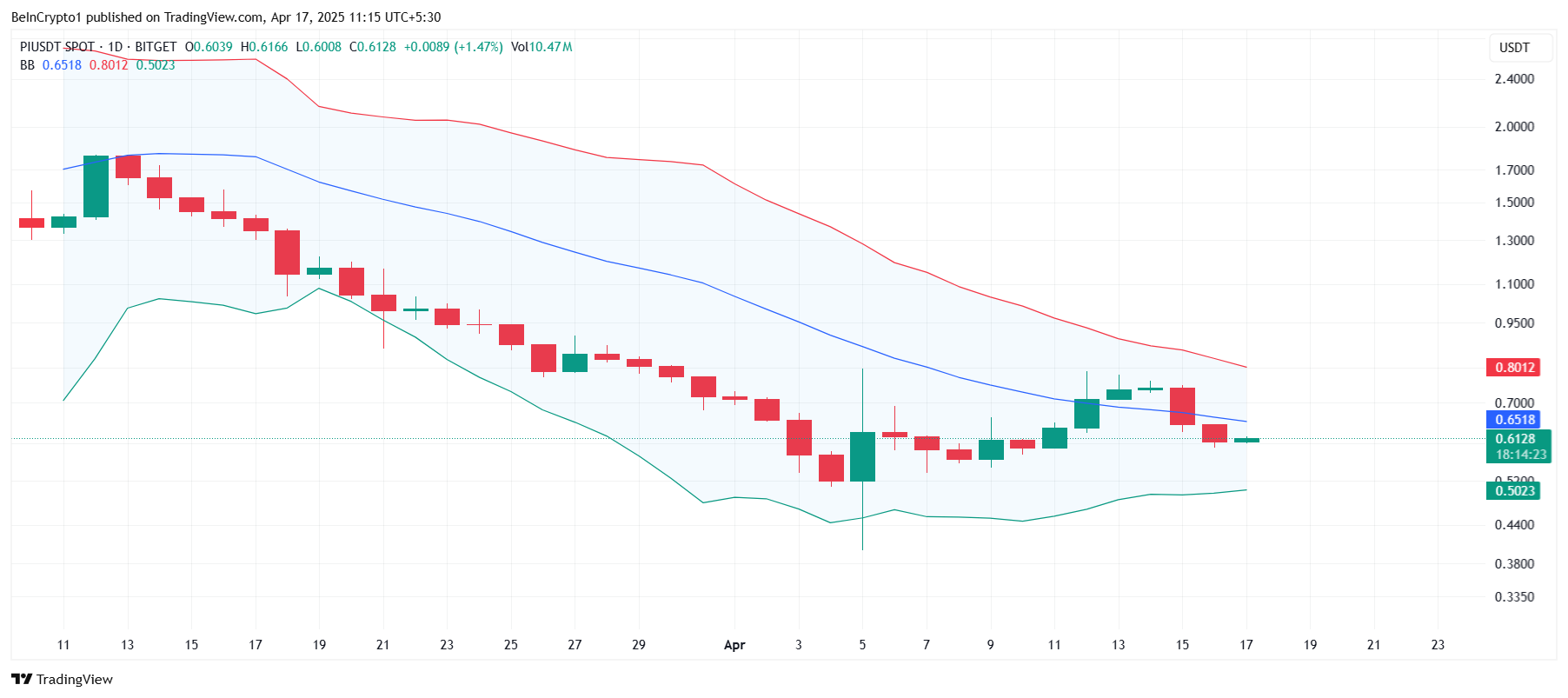In a stunning turn of events, AAVE, the native token of the decentralized lending platform Aave, has surged over 45% to $135 in just four weeks. This impressive rally places AAVE at the forefront of cryptocurrency performance, outpacing even the market giants Bitcoin (BTC) and Ethereum (ETH). While Bitcoin and Ethereum have seen stable gains, AAVE’s meteoric rise has positioned it as a standout performer among the top 100 cryptocurrencies by market value.
The rally began in late July, following a series of strategic proposals that have captured the attention of both retail and institutional investors. Marc Zeller, the founder of the Aave-Chan Initiative, proposed a significant shift in the platform’s financial structure: a fee switch mechanism designed to channel excess revenue back into the ecosystem. This move includes buying back tokens from the secondary market, which has generated substantial excitement and speculation among investors.
Joshua de Vos, research lead at CCData, explained the implications of this proposal, noting, “There has been speculation that AAVE could activate their ‘fee switch’ to redistribute excess revenue generated by the platform to stakers. This follows a proposal aimed at seeking governance feedback on the protocol’s potential to buy back tokens using surplus revenue and redistribute them to AAVE stakers and the minters of their stablecoin, GHO.” This strategic proposal has injected a fresh wave of optimism into the market, with the potential for new incentives driving increased interest in AAVE.
In addition to the fee switch, another transformative proposal, dubbed the “Umbrella” proposal, aims to replace the current “seize and sell” loan liquidation process with a “seize and burn” mechanism. This change would apply to both AAVE’s GHO stablecoin and aTokens, which represent assets deposited in the protocol. Katie Talati, head of research at Arca, highlighted that this proposal could alleviate some of the sell-side pressures on AAVE. “The Umbrella proposal seeks to create a new system that uses various assets to cover ‘bad debt’ instead of relying solely on the AAVE token. This could significantly reduce the sell pressure on AAVE,” Talati noted.
Further reinforcing the positive sentiment around AAVE, Web3 agency Deelabs commented on the potential impacts of these changes, stating, “Buybacks would create persistent bullish pressure in the market, and Umbrella would mitigate the negative impact of loan liquidations on AAVE’s price. There is a lot more to this proposal that remains to be explored.”
Institutional interest in coin has also surged, with algorithmic trading firm Wintermute reporting increased activity. “The tokenomics update discussion brought more eyes on the protocol, and it’s generally seen as a ‘blue chip’ DeFi asset,” Wintermute noted. This growing institutional interest has been accompanied by significant OTC flow, further indicating a strong bullish outlook.
In terms of performance, Aave has not only excelled in price but also in revenue generation. Over the past four weeks, Aave has amassed over $27 million in fees, outstripping other lending and borrowing protocols. This dominance in revenue generation has led some in the crypto community to suggest that AAVE may still be undervalued.
Also Read: Bitcoin’s (BTC) Unpredictable Path: Market Liquidity and Technical Indicators Raise Concerns
As AAVE continues to gain momentum, the innovative proposals and robust institutional interest highlight its potential as a leading asset in the decentralized finance space. The combination of strategic changes and market enthusiasm suggests that AAVE could maintain its position as a top performer in the cryptocurrency market for the foreseeable future.










